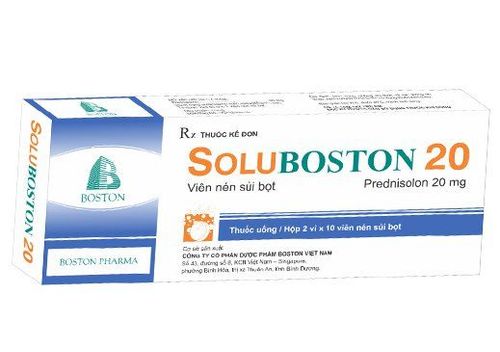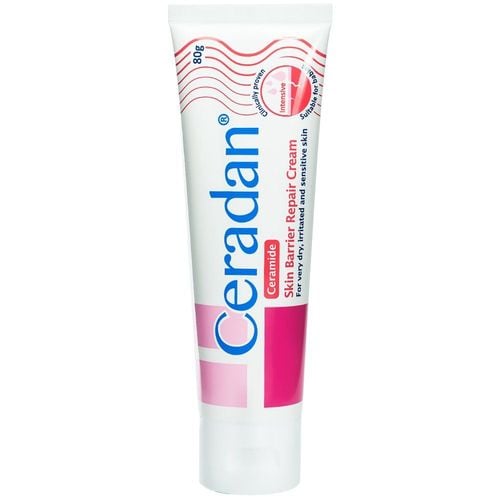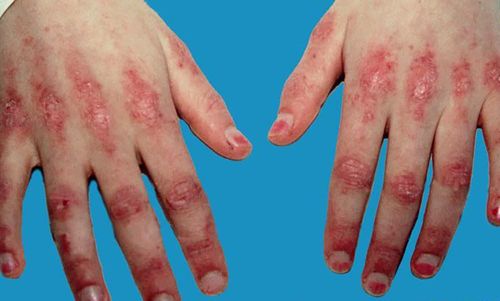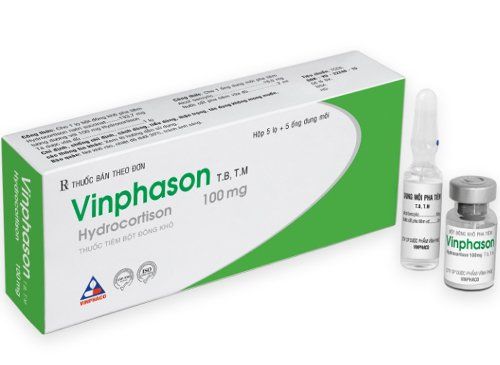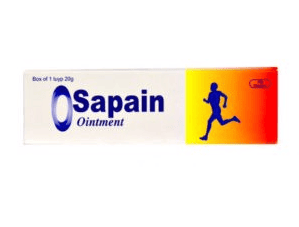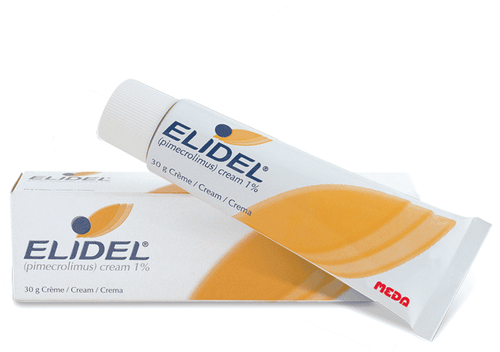This is an automatically translated article.
Idiopathic inflammatory myopathies are a group of chronic autoimmune diseases that primarily affect the muscles of the proximal extremities. Among them, inclusion body myositis is the most common form. Inclusion body myositis is a slow-progressing, spontaneous inflammatory myopathy, most commonly seen in middle-aged men.
1. Clinical symptoms of inclusion body inflammation
Muscle weakness due to myositis progresses gradually, beginning in the legs and then in the arms, mainly the proximal muscles, the distal muscles are usually only mildly affected. Bursitis can cause a person to fall and make it difficult to get up from a chair or after a fall. Rash: is on the skin, inflammatory myopathy appears red itchy rash Fatigue: This is a common atypical sign of many diseases, especially those related to infectious factors or factors. inflammation. Thick skin on the hands: The skin where the muscle is inflamed may be thicker than usual. Difficulty swallowing: This is a common symptom, so when you see this symptom, you should see a doctor for a full body examination to detect and treat early. Shortness of breath: Just like swallowing difficulty, but breathing difficulty can also be seen in heart disease, lung disease. Some people with inclusion body myositis have muscle pain, but not much. Most muscle pain is not inflammatory myopathy but due to muscle strain damage or common illnesses like colds and flu. Laboratory Indicators: Your serum creatinine kinase level may be elevated or normal.
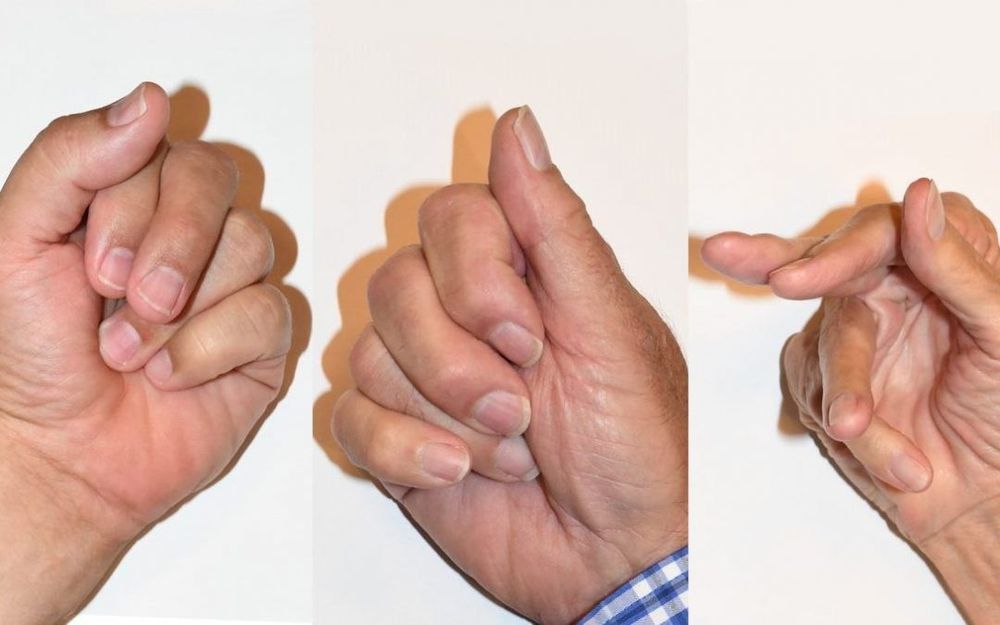
Biểu hiện bệnh viêm cơ thể vùi (inclusion body myositis)
2. Diagnosis of inclusion body inflammation
Diagnosis of inclusion body myositis by muscle biopsy. Unlike for polymyositis, corticosteroid therapy in this condition is often ineffective. Definitive diagnosis of inclusion body myositis in men over 50 years old, asymmetrical muscle weakness, distal muscle weakness, muscle biopsy shows vacuoles with red border and basic color in cells.
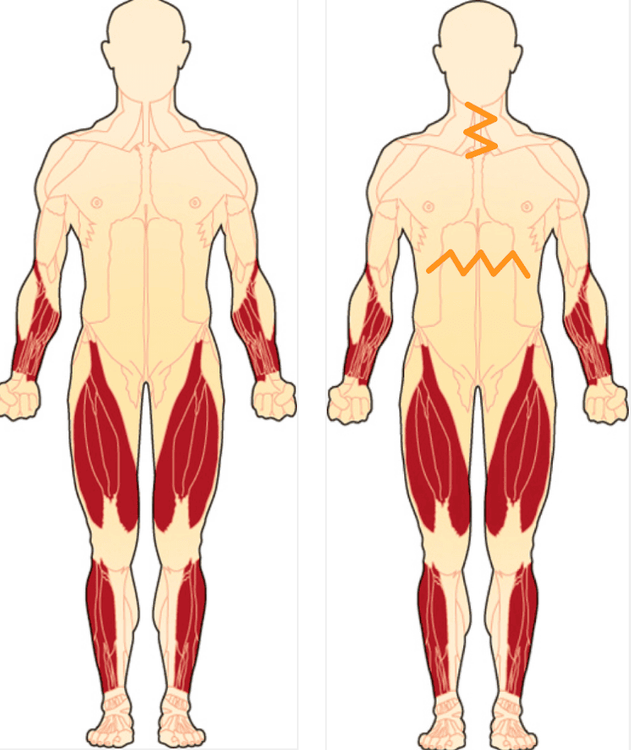
Nhóm cơ gốc chi bị ảnh hưởng
3. Treatment of Inflammatory Bowel Disease
Treatment of systemic inflammatory disease with corticosteroids; Treatment of inclusion body myositis with a combination of corticosteroids with azathioprine or methotrexate has been effective in some cases; Inclusion body myositis often responds poorly to immunosuppressants such as azathioprine or methotrexate; Physical therapy: Performing physical therapy exercises can be an effective way to help you maintain and improve muscle strength and flexibility; Plasmapheresis to remove antibodies from the blood; Lymph node irradiation with immunosuppressive effect; Intravenous immunoglobulin; Fludarabine (Fludara) with the effect of preventing the formation and growth of malignant cells. Tacrolimus (Prograf) is a drug that suppresses the immune system Tacrolimus is commonly used in the treatment of dermatomyositis, inclusion body inflammation and other skin diseases in topical form. Monoclonal antibodies such as infliximab and rituximab destroy certain types of specific immune cells.
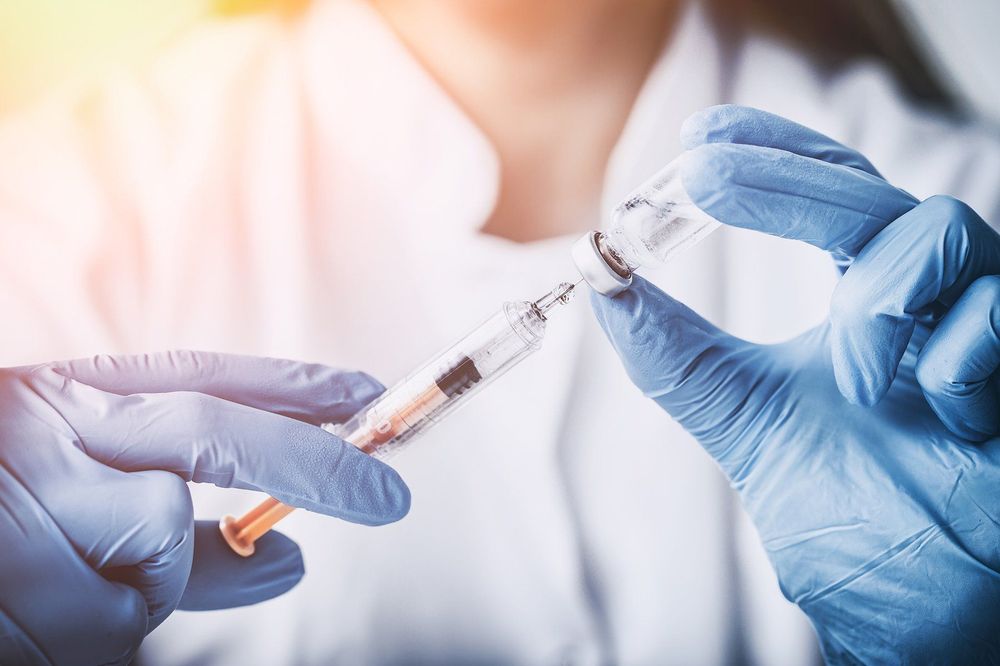
Phương pháp điều trị dùng globulin tiêm tĩnh mạch
Bursitis causes many dangerous complications if not treated promptly. For the treatment process to be highly effective, you should visit the doctor and detect the disease early. To be examined and treated at Vinmec International General Hospital, please register HERE.
MORE:
Find out information about myositis, polymyositis, dermatomyositis Learn about Demodex dermatitis Is atopic dermatitis contagious?




